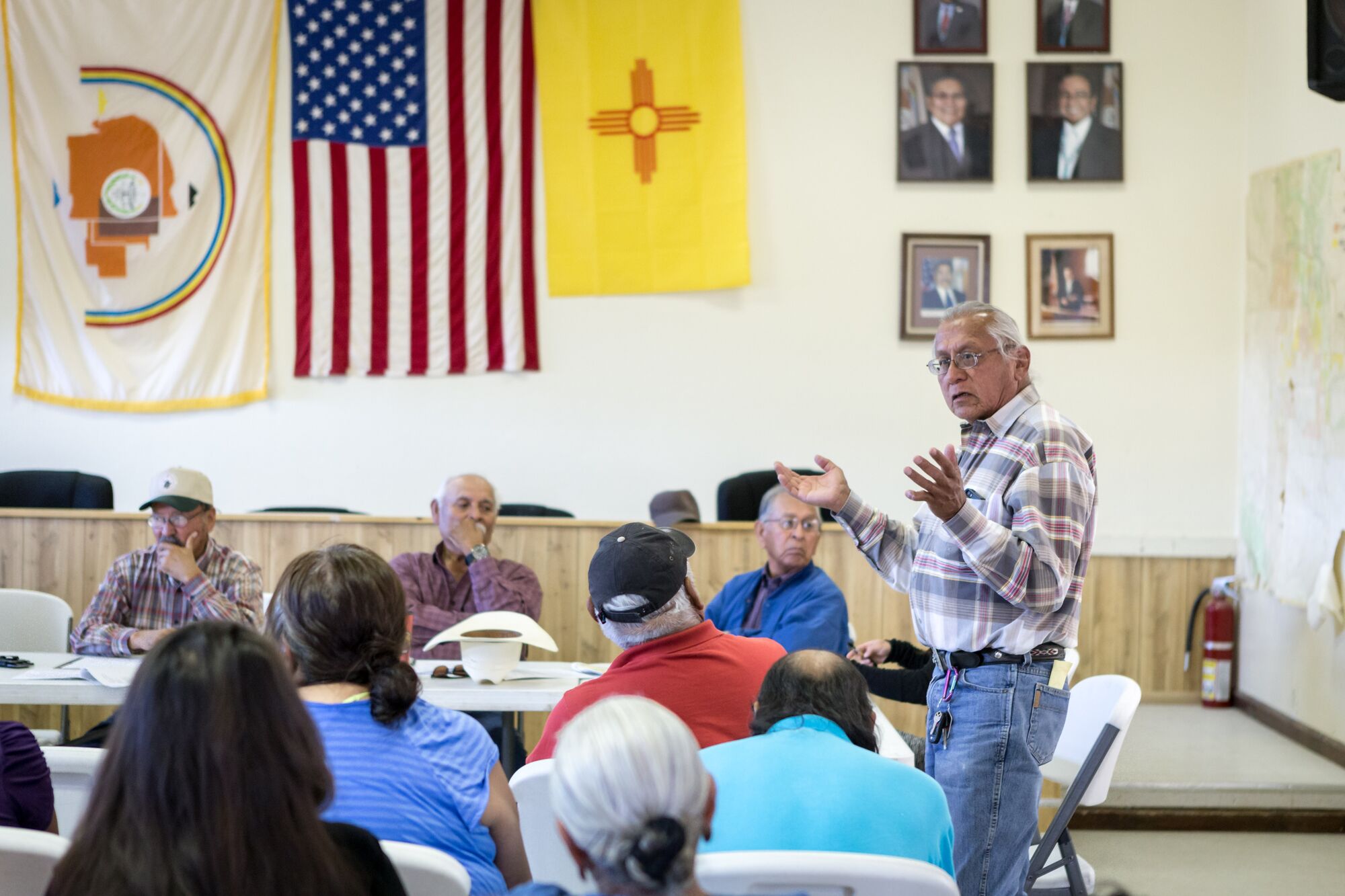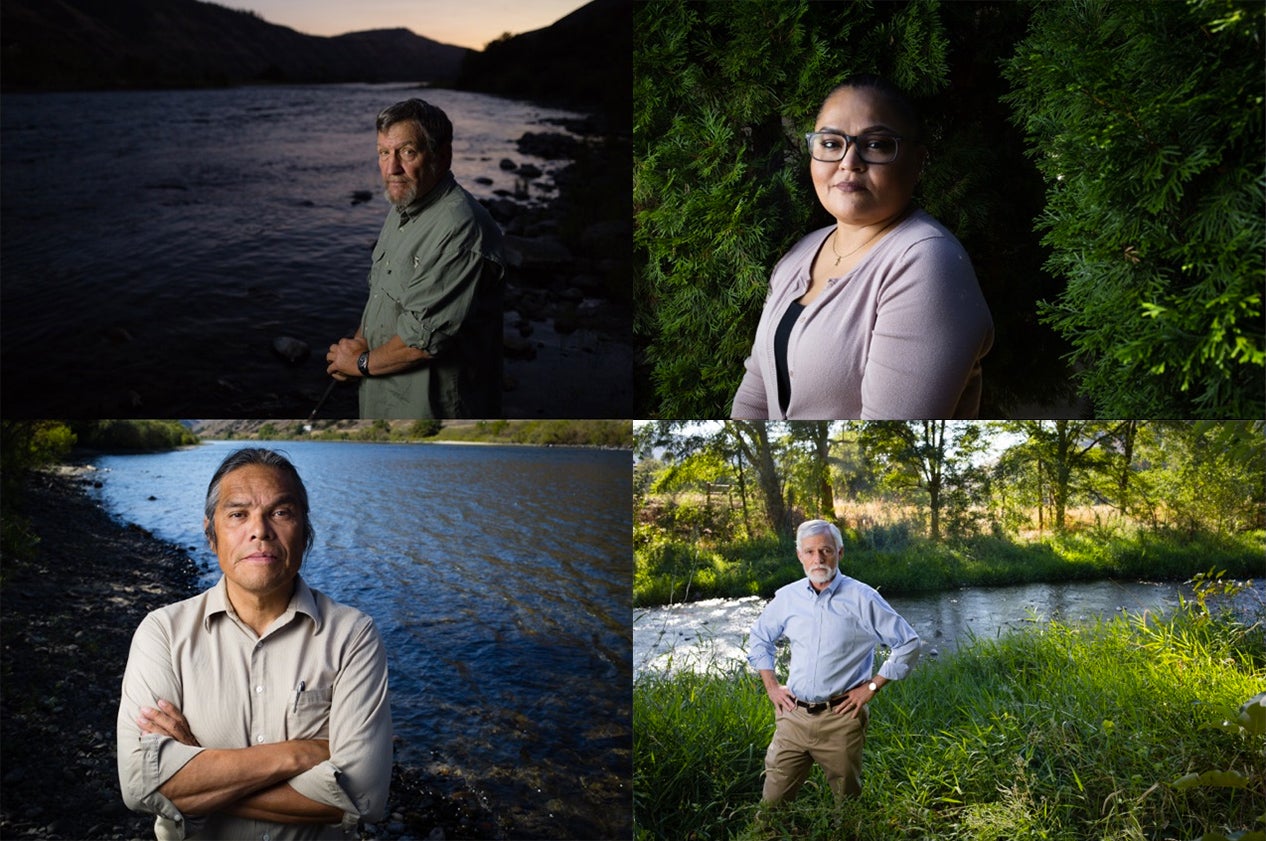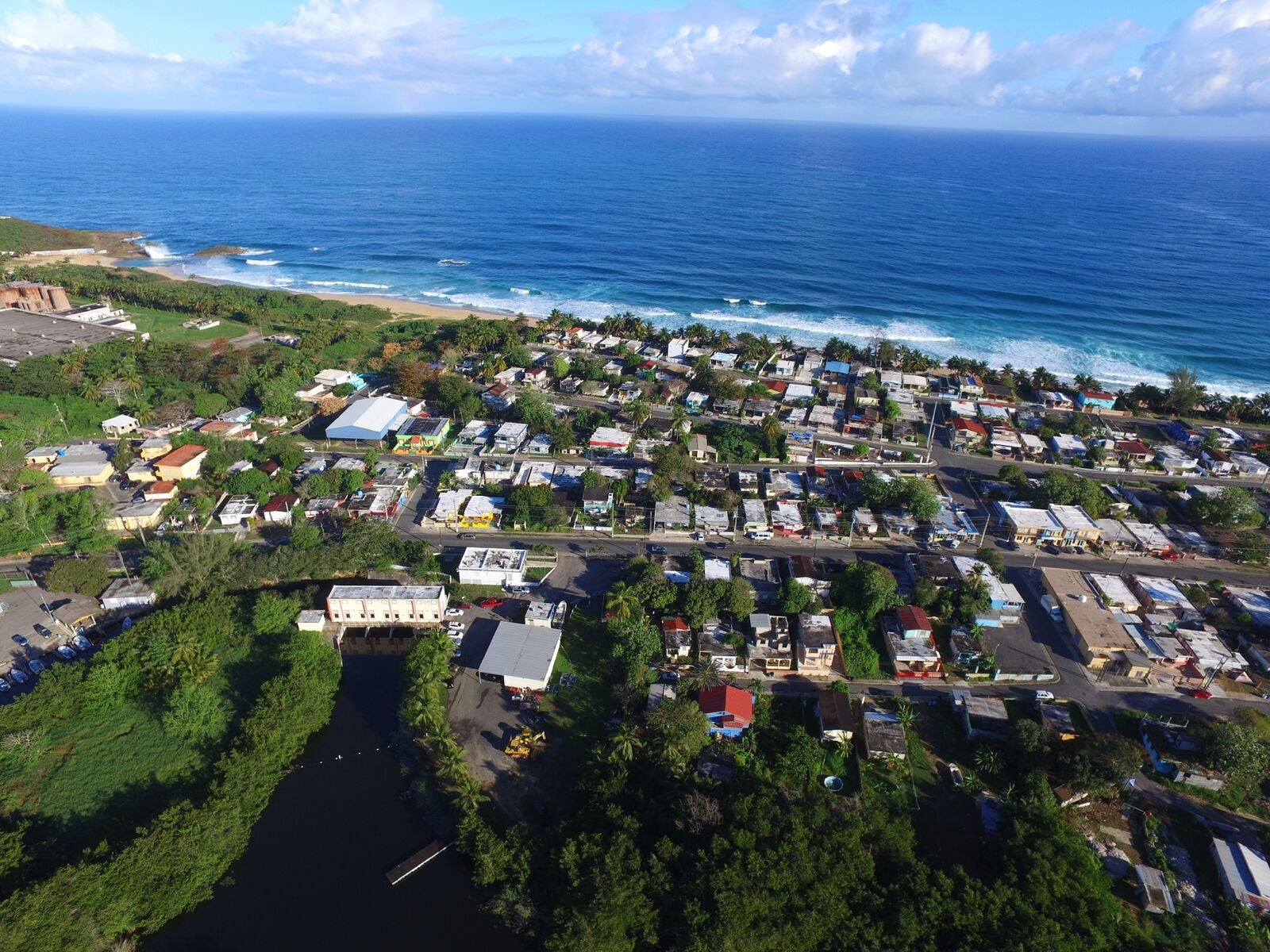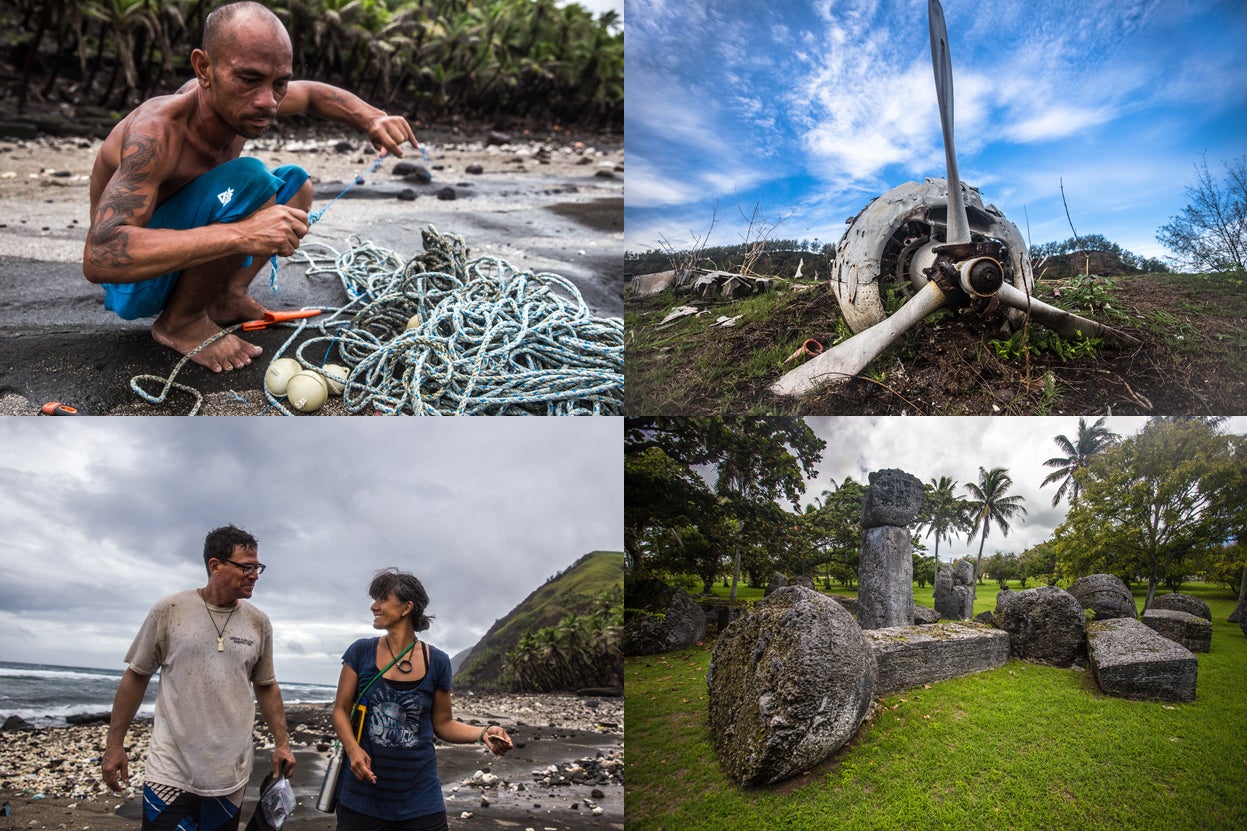The National Environmental Policy Act helps communities protect themselves from dangerous, rushed or poorly planned federal projects. Join us in advocating for it.

When the government wants to build a toxic waste incinerator in your neighborhood, run a dangerous pipeline past your child’s school, or put a massive, costly freeway on top of a wetland, a federal law gives you the right to find out and fight back.
That law is the National Environmental Policy Act. It ensures you have a voice in major projects built in your community.
As the U.S. embarks on the most active period of building infrastructure since the New Deal, the National Environmental Policy Act process is an essential bridge — nor a barrier — to building in a sustainable, just, and equitable way.
When communities are engaged from the start, the result is more inclusive and resilient projects. When communities are silenced, we risk repeating the cycle of environmental injustice that leaves low-income neighborhoods and communities of color bearing the most pollution.
In July 2023, the Biden administration released a proposed rule to remedy harmful changes to the regulations made under the Trump administration. The changes roll back limitations on public participation and judicial review, while requiring federal agencies to consider environmental justice and climate change impacts when conducting environmental reviews. With these changes, NEPA can provide us with the framework to build out the clean energy infrastructure of the future in an equitable and just way.
Learn how the National Environmental Policy Act protects you:

What does the National Environmental Policy Act say?
The federal government must inform and engage the public it serves

The National Environmental Policy Act, the nation’s oldest environmental law, has a simple mandate with a major impact. The law ensures the federal government informs and engages the public it serves. The three basic principles of NEPA are:
1. Transparency
When the federal government wants to build or fund a project like a highway, port, dam or prison, it must first disclose its plans to the public. NEPA guarantees that the public is informed of these plans because, after all, the public will have to live with the project’s consequences.
2. Informed Decision-Making
As the federal government prepares to build or fund a project, it must conduct a detailed study of:
- how the project will be built
- the consequences of the project (good or bad) for local communities
- alternative ways to develop the project that still meet the government’s needs but better protect people and the environment
- measures that can be taken to lessen any harmful impacts of the project
3. Giving the Public a Voice
Before a project is started and throughout its development, the federal government must ask the public — including local communities — to voice concerns. They must also ask for local expertise regarding the project.
This is arguably the most important pillar of NEPA; it draws on our democratic values to ensure that projects are undertaken with the benefit of our communities in mind.
Public input leads to better developed projects with greater consensus and protections for our health and environment.
What has the National Environmental Policy Act achieved?
Saved lives, community integrity, endangered species and public land, and billions of dollars

Since Congress passed NEPA in 1970, the law has saved lives, preserved community integrity, protected endangered species and public land and saved billions of dollars, too.
Over the years, NEPA has often been the first and last line of defense against government mismanagement and industry abuse. NEPA success stories can be found across the nation. Here are just a few examples:
- After an old steel mill closed in Atlanta, public input collected through the NEPA process helped turn 138 acres of contaminated land into a safe place to work and live.
- A federal judge in Alaska sent the U.S. Forest Service back to the drawing board with a plan to log centuries-old trees across 1.8 million acres of Tongass National Forest, ruling that local communities had not had a fair chance to weigh in on the proposal.
- NEPA helped the state of Michigan save $1.5 billion when an analysis revealed that improving an existing highway — rather than constructing a massive, four-lane freeway — would save money and prevent the single largest loss of wetlands in the state to date.
- Developers canceled plans to build the Atlantic Coast Pipeline — which would have carried fracked gas across the Appalachian Trail and through 600 miles of forest and farmlands — underscoring the importance of NEPA.
In Arecibo, Puerto Rico
The National Enviromental Policy Act’s critical safeguards helped to halt a waste-to-energy incinerator

On the northern coast of Puerto Rico, on the shores of the Atlantic Ocean, the National Environmental Policy Act has for the past six years helped the town of Arecibo breathe a little easier. There, residents have used NEPA’s critical safeguards to halt a waste-to-energy incinerator that would operate in an area already contaminated with heavy metals.
The incinerator, which proponents hope will get federal financing, would reportedly burn more than 2,000 tons of trash a day less than two miles from the largest wetland in Puerto Rico. Puerto Rico residents face 2.5 times the death rate from asthma as residents of the mainland United States, according to the U.S. Centers for Disease Control and Prevention, so the incinerator’s toxic fumes would be dumped into the air in an already at-risk community.
As Puerto Rico rebuilds from the devastation of Hurricane Maria, the last thing it needs is another blow to its environmental health. For Arecibo — and many other communities around the country — NEPA offers life-saving protection.
In Tinian and Pågan
Indigenous and low-income U.S. citizens used the National Environmental Policy Act to compel the U.S. Navy to consider the devastating effects that artillery, rockets and bombardment could have on their tropical homeland and sacred sites

Prime farmland, fisheries, beaches, forests and coral reefs — now at risk in the North Pacific — are also benefiting from the defensive power of National Environmental Policy Act.
The U.S. government wants to conduct destructive war games on two islands, Tinian and Pågan, in the Commonwealth of the Northern Mariana Islands.
There, mostly indigenous and low-income U.S. citizens are using NEPA to compel the U.S. Navy to consider the devastating effects that artillery, rockets and bombardment could have on their tropical homeland and sacred sites. Training could make it impossible for formerly displaced families to return to Pågan and could also disrupt access to vital emergency medical care.
If it weren’t for NEPA, low-income families and community leaders in the Northern Marianas would have little chance to protect their lands and livelihoods.
Cinta Kaipat
Tinian and Pågan
